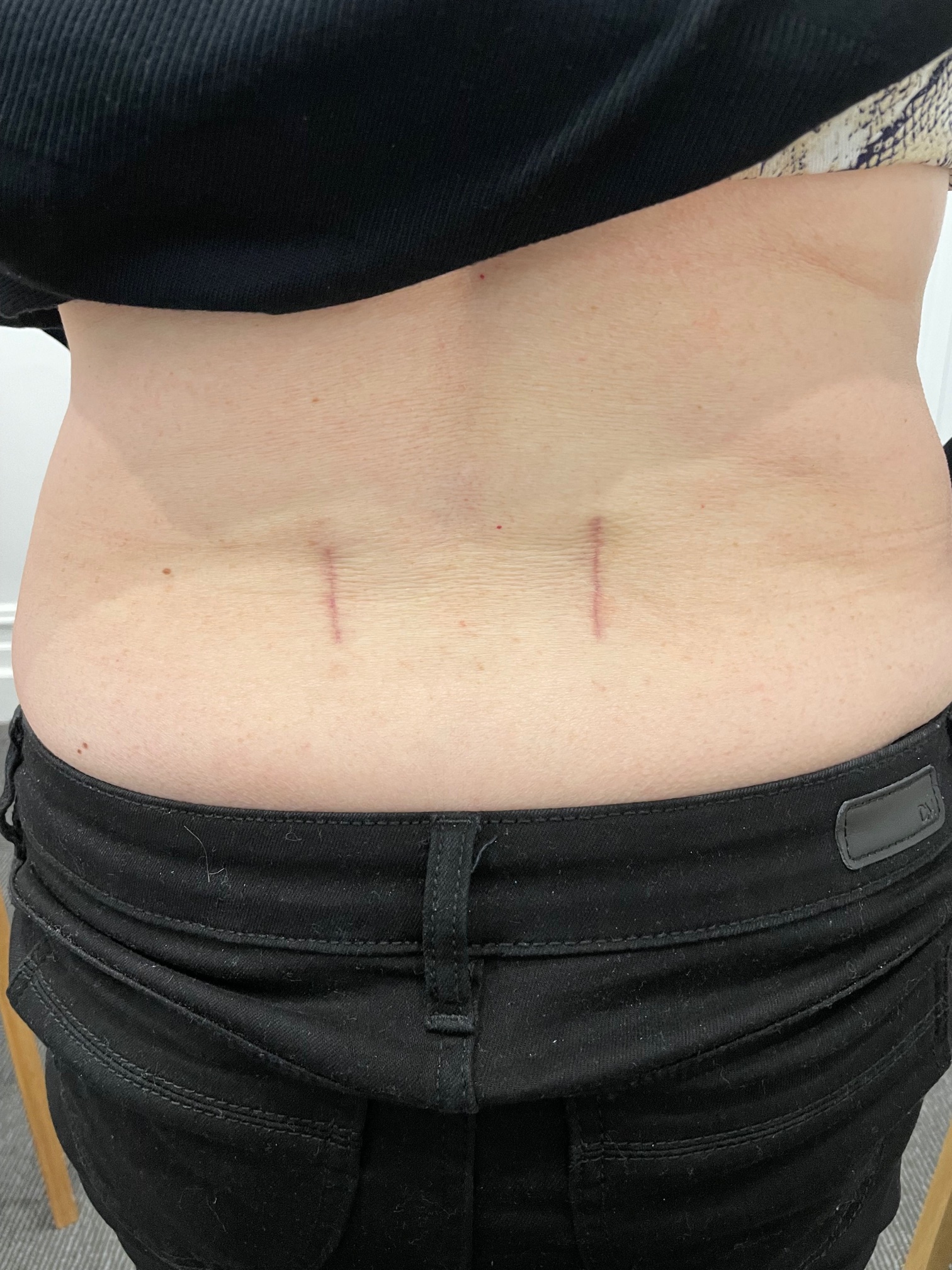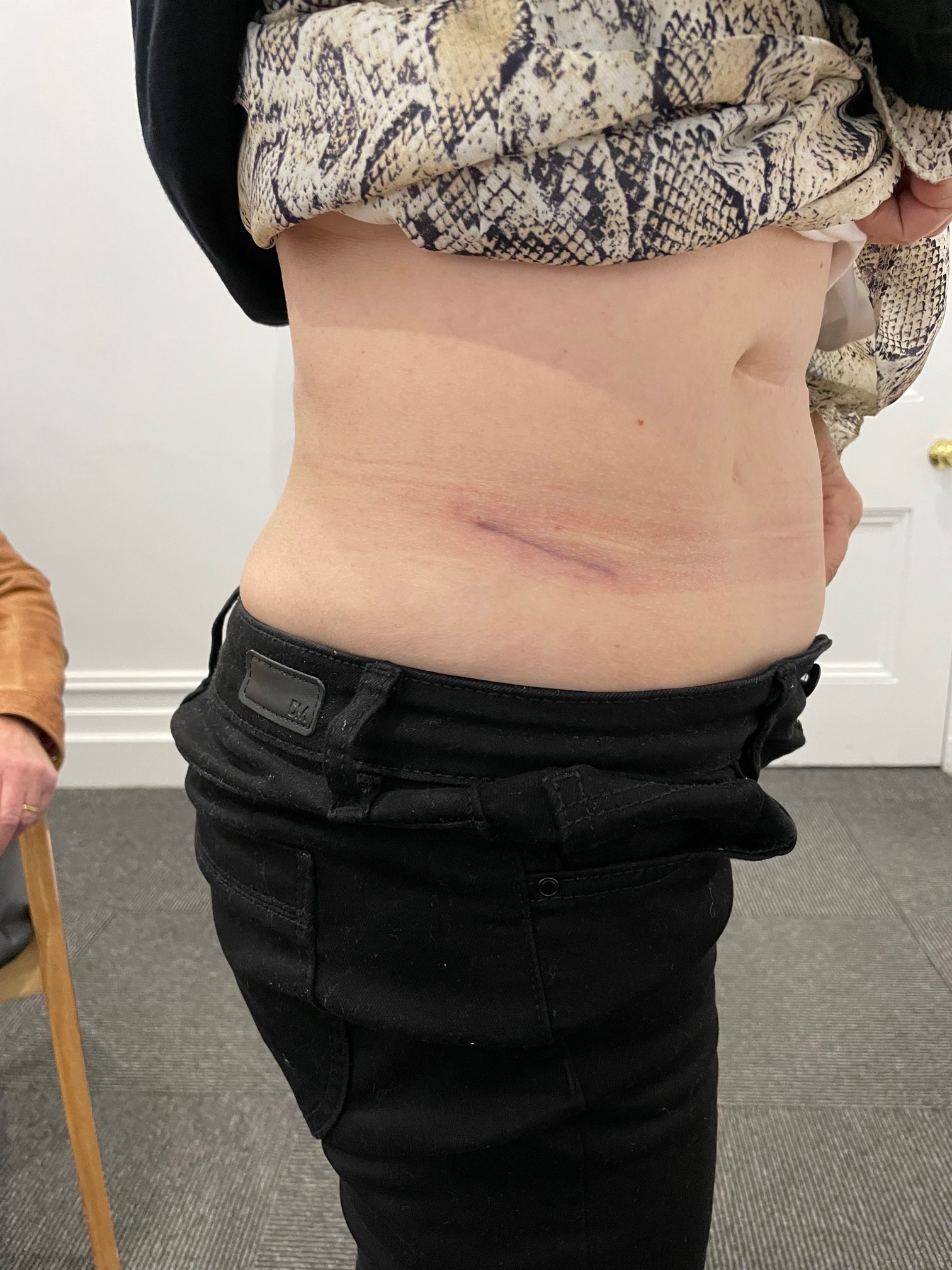Why Choose Single-Position Lumbar Fusion?
This technique is particularly beneficial for patients requiring fusion at multiple levels or needing both anterior and posterior surgical approaches. Traditionally, anterior-posterior lumbar fusion required repositioning the patient—leading to longer operations and higher risks. Single-position surgery offers the advantages of a minimally invasive approach with gold-standard fusion rates and alignment restoration.
What Happens During Surgery?
Preparation
- Hospital Admission: You are admitted on the day of surgery; fasting is required as per anaesthetist instructions.
- Anaesthesia: General anaesthesia is administered so you remain asleep and pain-free throughout the procedure.
Surgical Approach
The patient is positioned either in a lateral decubitus (side-lying) or prone (face down) position—allowing access to both the anterior/lateral and posterior aspects of the lumbar spine without repositioning.
Anterior/Lateral Lumbar Access
- Incision: A small incision is made on the side of the abdomen to access the lumbar spine from the front. The approach spares back muscles and may involve a vascular surgeon’s assistance.
- Disc Removal: The damaged or degenerated disc is removed, and any bone spurs compressing the nerves are addressed.
- Insertion of Cage and Bone Graft: A cage (spacer) filled with bone graft material is placed in the disc space to restore height and facilitate fusion.
Posterior Lumbar Access
- Incision and Exposure: Without repositioning the patient, two small incisions are made on the back to access the posterior spine.
- Screw and Rod Placement: Pedicle screws and rods are inserted using computer-assisted navigation to stabilize the spine and promote fusion.
- Decompression: Additional decompression (e.g., laminectomy or foraminotomy) is performed if needed to relieve nerve pressure.
Team Approach
Prof Buckland (left) places computer-navigated pedicle screws simultaneously while Mr. Domenic Robinson (vascular surgeon, left) performs the anterior exposure.


Closure
After correcting the alignment and placing the implants, the surgical wounds are closed with sutures. A sterile dressing is applied to protect the incision sites.
Surgical scars typically observed two weeks after single-position lumbar fusion.
Postoperative Care and Recovery
- Hospital Stay: Most patients remain in the hospital for 1-3 days, depending on recovery.
- Pain Management: Medications and early mobilization help minimize complications; most patients reduce pain medication within 2-4 weeks.
- Outpatient Rehabilitation: A tailored physiotherapy program begins shortly after surgery, focusing on strength, flexibility, and proper body mechanics.
- Activity Restrictions: Avoid heavy lifting, bending, and twisting for at least 3 months as you gradually return to normal activities.
- Follow-Up: Regular appointments are scheduled at 2 weeks, 6 weeks, 3 months, 6 months, and 12 months to monitor healing and implant stability.
Patient Reported Outcomes
Single-position lumbar fusion significantly improves function and pain in the majority of patients. To learn more about our outcomes, please click here.
Ready to take the next step? Contact our expert team today to schedule a consultation and explore your treatment options.
Contact Us Refer a Patient




